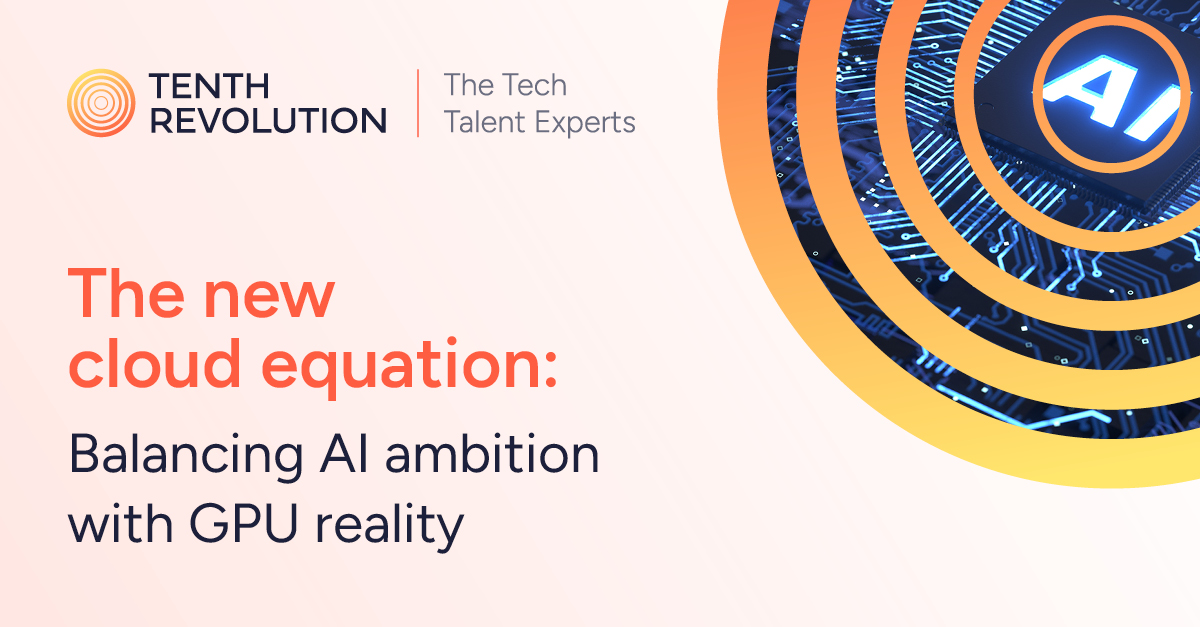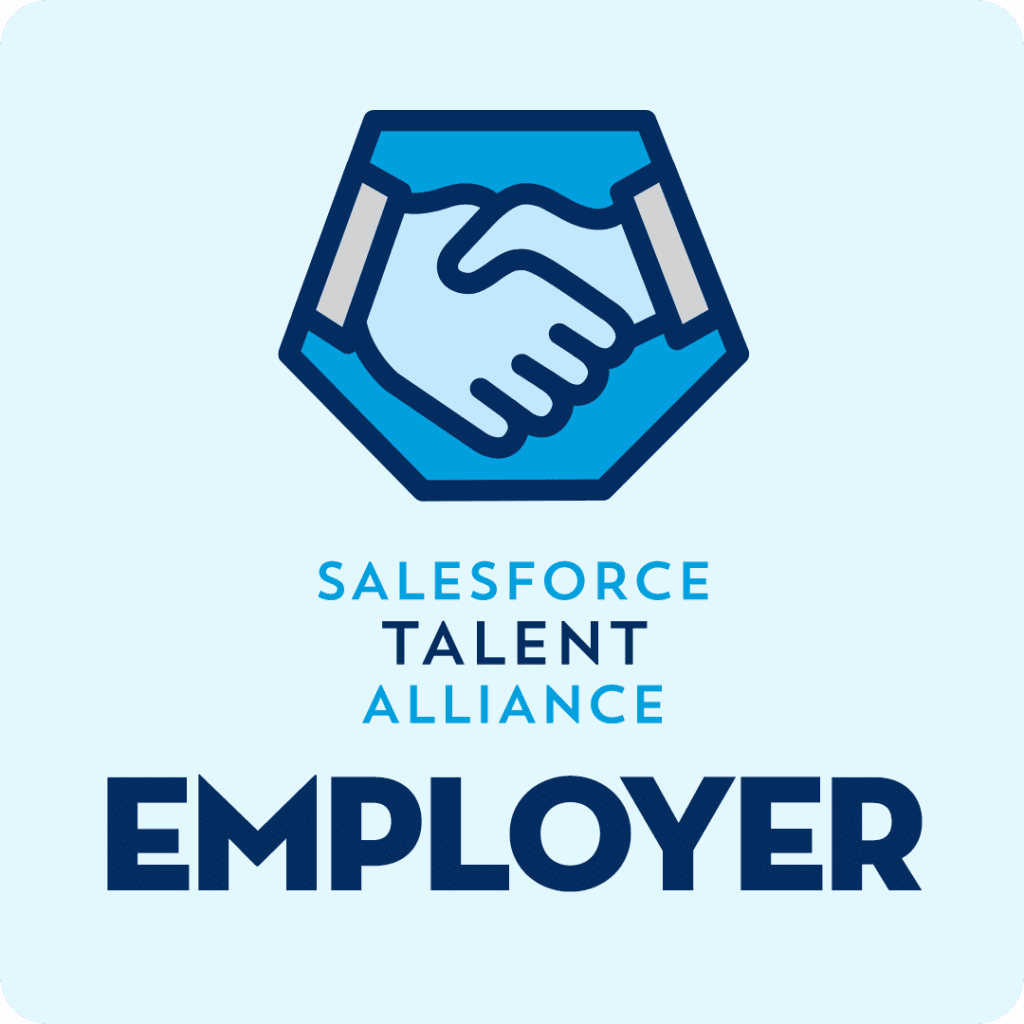Enterprises are learning that AI ambition must now be matched by financial and operational discipline.
As organizations expand their use of artificial intelligence, cloud infrastructure has become both the foundation and the pressure point. Every innovation, from predictive analytics to generative AI, depends on access to high-performance computing. Yet the costs of running these workloads, especially those involving graphics processing units (GPUs), are rising sharply.
For business leaders, this shift signals a new era of cloud strategy. The question is no longer how to deploy AI but how to sustain it responsibly. Scaling too fast can inflate costs, while scaling too slowly can stall competitiveness. Striking that balance is now a core leadership challenge.
From experimentation to optimization
Over the past two years, enterprises have rapidly moved from AI pilots to full production systems. These workloads are far more compute-intensive than traditional applications. Training or fine-tuning large language models, for instance, can consume thousands of GPU hours, and running them continuously demands careful cost management.
At first, many organizations underestimated how quickly these expenses could grow. What began as experimentation soon became a recurring operational cost, raising questions about accountability, transparency, and return on investment.
Today, CFOs, CIOs, and cloud architects are working more closely than ever to align budgets with business value. This cross-functional collaboration, often formalized as FinOps (financial operations), ensures every AI initiative is measurable, cost-effective, and scalable.
The technology is powerful, but success depends on people. Tenth Revolution Group connects organizations with cloud and AI governance specialists who can implement FinOps frameworks, helping businesses track, forecast, and optimize AI costs across departments.
GPUs become a strategic resource
AI workloads rely heavily on GPUs, which are designed for complex parallel computing tasks. These chips accelerate the calculations behind machine learning models, enabling faster training and inference. However, the surge in global AI activity has created a scarcity of GPU resources.
This has transformed GPU planning into a business-critical discipline. Organizations are weighing whether to rent GPU capacity through cloud providers, invest in dedicated hardware, or adopt hybrid approaches that balance flexibility with cost control.
Each model requires specialized teams to manage utilization, scheduling, and workload distribution. Effective GPU governance can reduce idle time, improve efficiency, and ensure resources are directed toward the most valuable initiatives.
For executives, the key takeaway is that AI infrastructure is no longer a background consideration. It directly impacts delivery timelines, innovation potential, and financial performance.
Tenth Revolution Group helps enterprises hire AI infrastructure engineers, FinOps analysts, and cloud operations professionals who can design GPU strategies that deliver measurable outcomes.
Why governance defines the next wave of AI adoption
AI’s impact depends on reliability and accountability. Enterprises that prioritize governance early can scale with confidence, while those that neglect it often encounter spiraling costs, inconsistent performance, and compliance risks.
Governance frameworks combine financial controls with operational visibility. They track GPU consumption, monitor model performance, and enforce policies for data use and energy efficiency. When combined with strong leadership oversight, these practices transform AI from a research expense into a sustainable capability.
Crucially, this isn’t just a technical challenge. It’s an organizational mindset. Every business function (that means finance, operations, IT, and even HR) must understand how AI costs relate to performance and growth. Leaders who can translate this complexity into strategy are positioning their organizations for long-term success.
Turning constraints into capability
GPU scarcity has forced many enterprises to become more inventive. Some are exploring workload optimization techniques that allocate computing power dynamically. Others are investing in model evaluation and pruning to reduce resource demands without compromising accuracy.
These innovations have one thing in common: they rely on skilled teams who understand how to maximize performance within defined constraints. Engineers who can tune systems efficiently, data scientists who can refine models, and governance leaders who can enforce cost accountability are all essential to achieving sustainable AI growth.
For executives, the real competitive advantage comes from turning resource constraints into innovation opportunities. Organizations that invest in people with the right blend of cloud strategy and AI fluency can adapt faster, spend smarter, and deliver stronger results.
The future of balanced innovation
AI is transforming how organizations create value, but long-term success depends on structure. Cost governance and GPU strategy have moved from technical priorities to executive imperatives.
By embedding accountability into every stage of AI development, enterprises can ensure their systems are efficient, compliant, and aligned with strategic goals. This approach doesn’t slow innovation, but enables it. When leaders know where their resources are going, they can invest confidently and scale sustainably.
Enterprises that get this balance right will not only control costs but also build the operational maturity needed to turn AI into a repeatable advantage.











